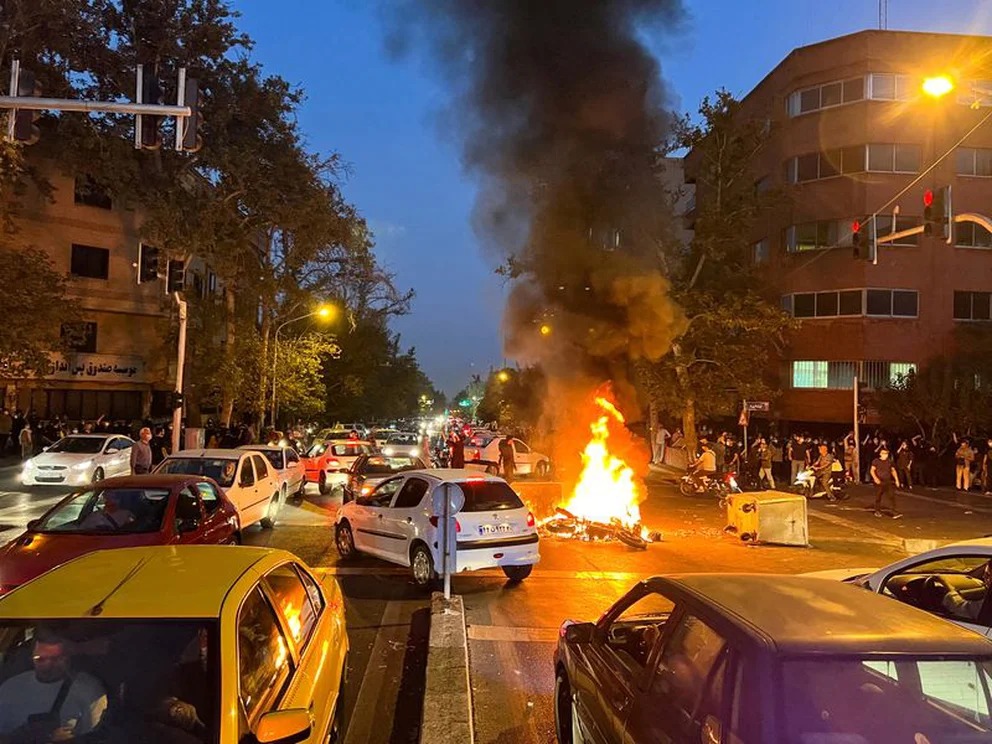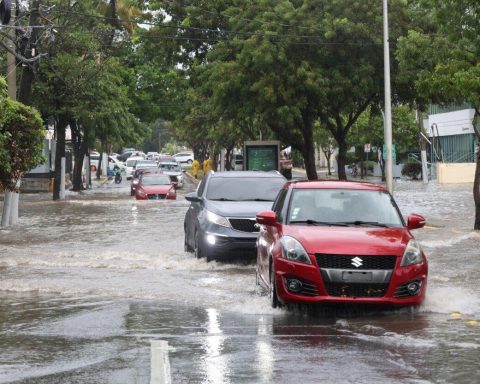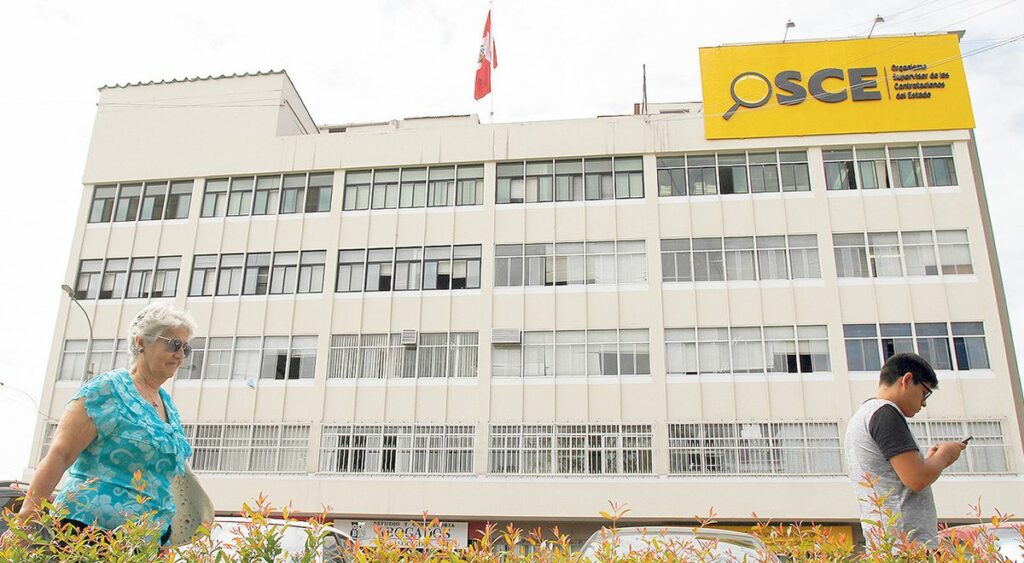The protests unleashed after the death of Mahsa Amini continue in everything Iran despite increased security, repression, interruptions of the Internet and cell phone services. This Saturday, Tehran University students repeatedly shouted “freedom”.
Iranian youth called for protests again across the country despite the state repressionwhen it is about to be a month since the mobilizations that were unleashed by the death of Mahsa Amini after being arrested for wearing the Islamic veil wrongly and that have cost the lives of nearly a hundred people.
“We ask the youth of the neighborhoods of Tehran and Iran to gather on Saturday in the name of freedom and shout death to the dictator in places where the mercenaries (police) are not present,” called a group of activists on the networks. .
The group asked the protesters to mobilize in “new areas” to reduce risks and try to reduce the presence of security forces in the main squares and roads.
Iran is the scene of protests since the death on September 16 of the young Mahsa Aminiafter being arrested three days earlier by the morality police for carrying misplaced islamic veil.
These protests are led above all by young people and women shouting “woman, life, freedom” and gestures of defiance have been carried out in them, such as burning veils, one of the symbols of the Islamic Republic of Iran.
The cry “death to the dictator”, in reference to the supreme leader of Iran, Ali Khameneialso resounds in the streets and from the windows at night.
The demonstrations are being harshly repressed by the security forces and according to the Oslo-based NGO Iran Human Rights, 92 people have died so far, including 23 minors.
The call to the protests was received by the authorities with the cut of the mobile Internet to avoid the organization of the mobilizationsSomething that has been going on for weeks.
“Confirmed: metrics show new and strong restrictions of the tragic Internet in Iran,” said NetBlocks, a platform that monitors user connectivity and network censorship.
These restrictions come from the beginning of the protests over Amini’s death on September 16, after she was arrested three days earlier by the morality police for wearing the veil wrong in Tehran.
The Iranian government also blocked WhatsApp and Instagram applications, the only ones that were not censored in the country, in an attempt to control the protests.

















